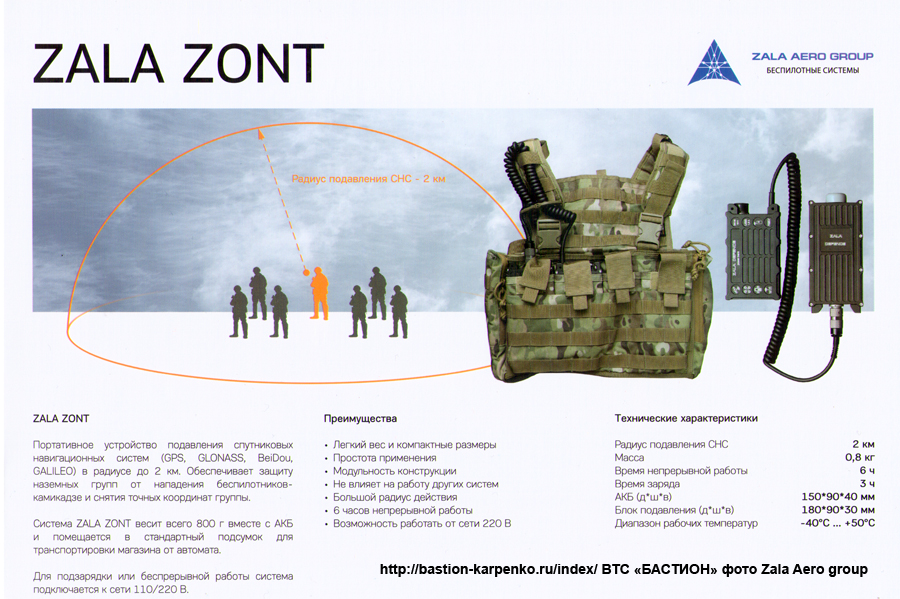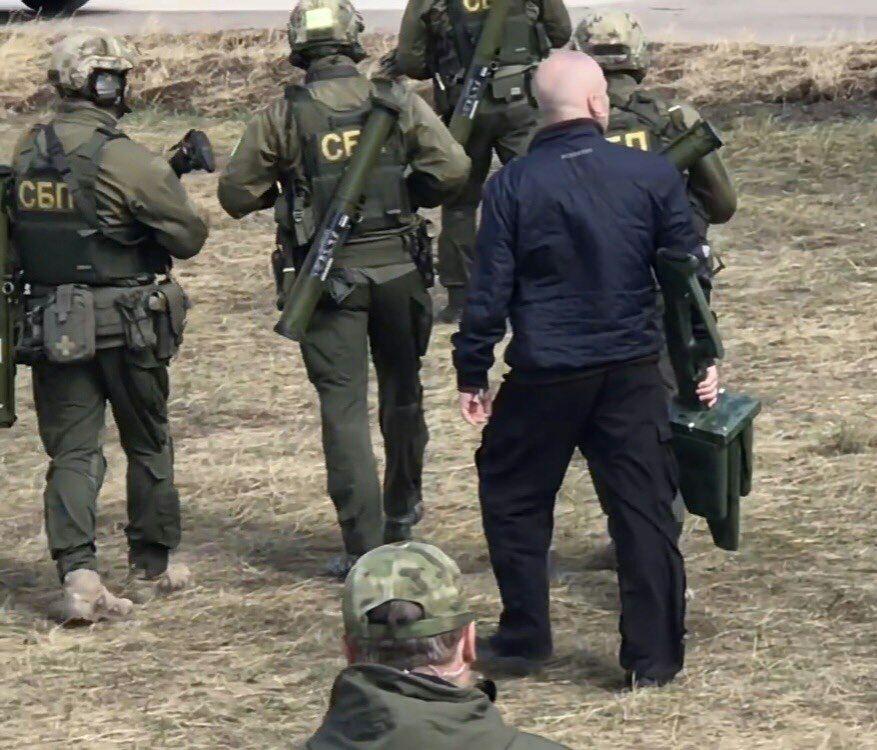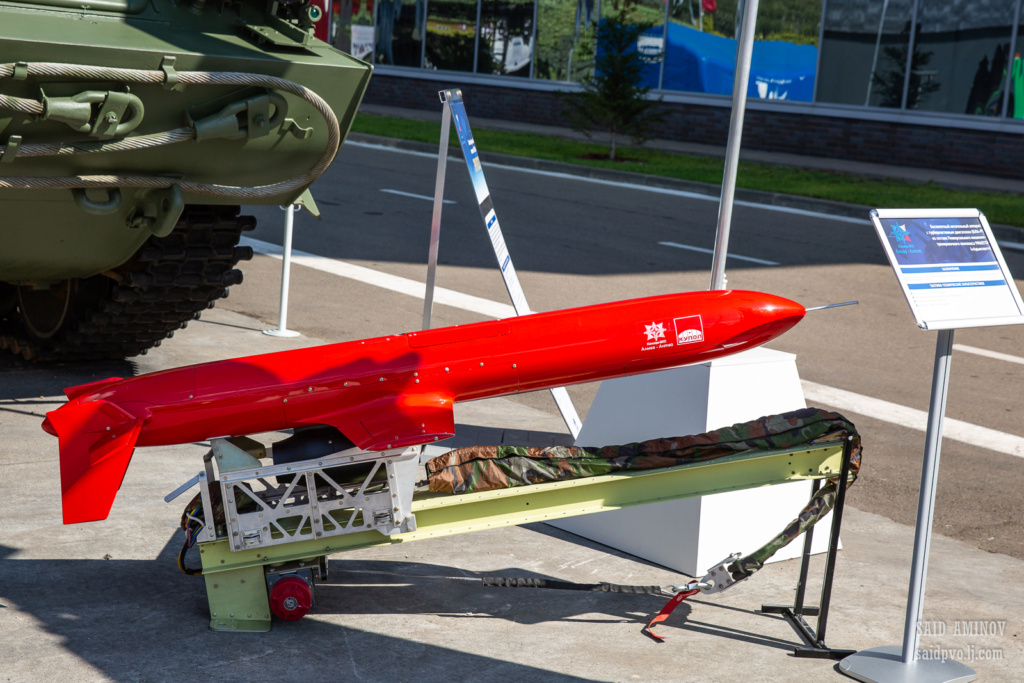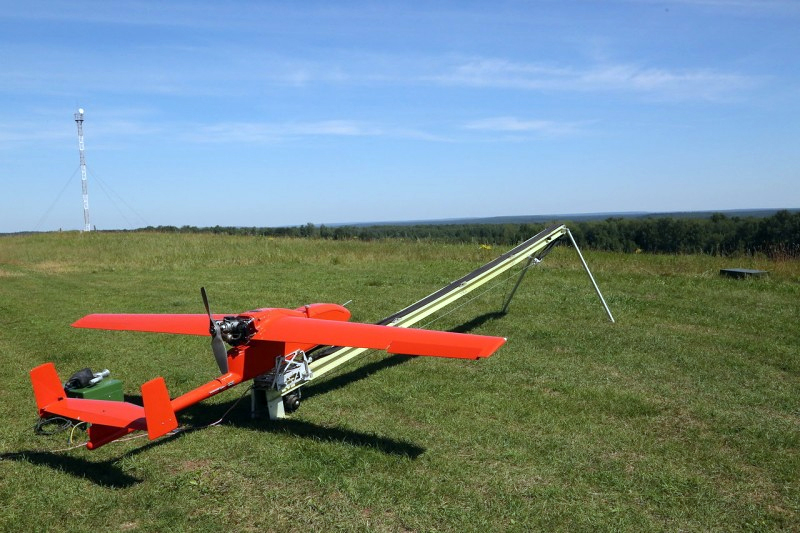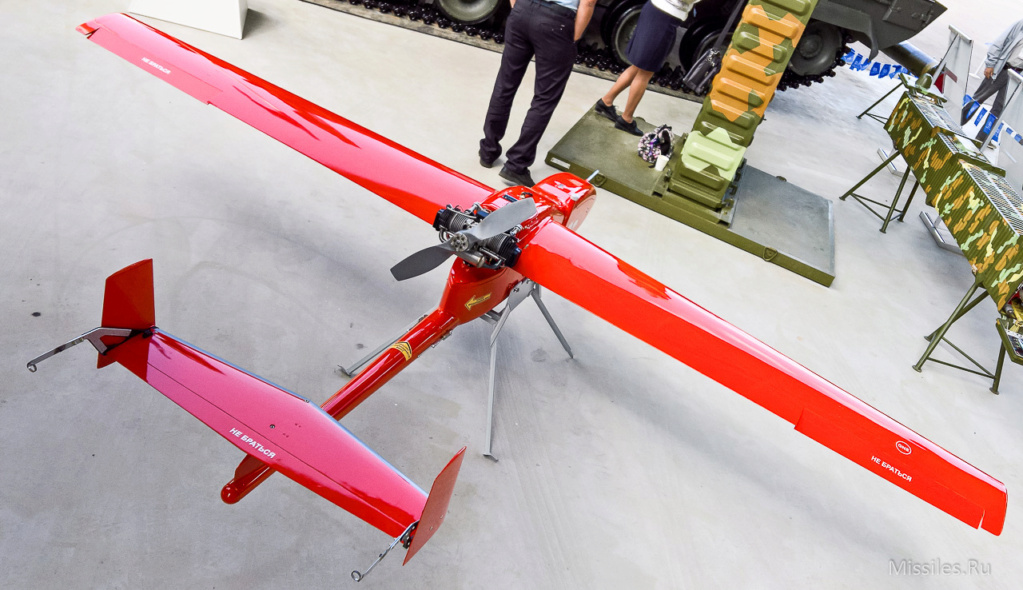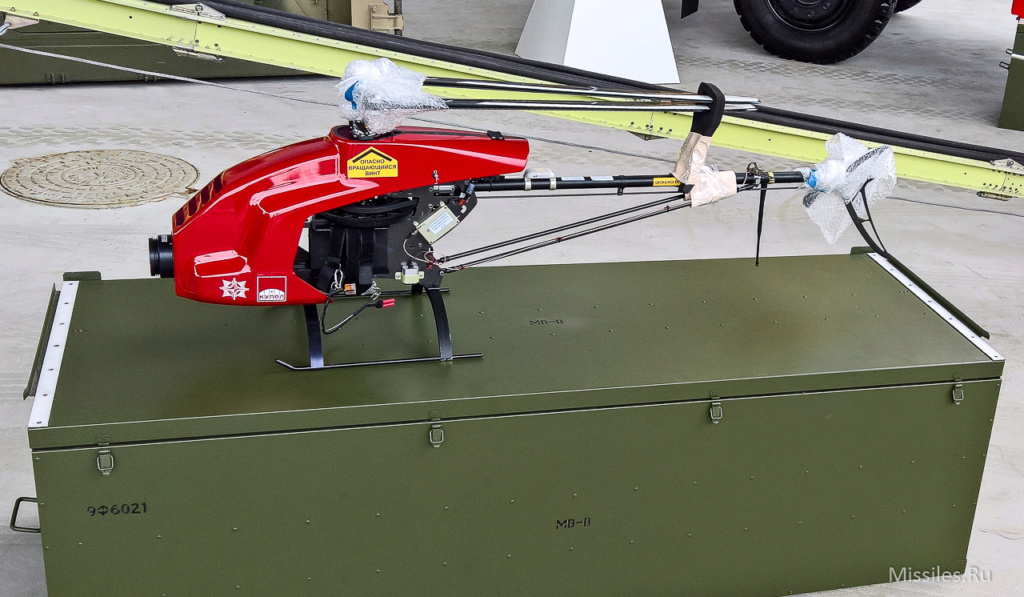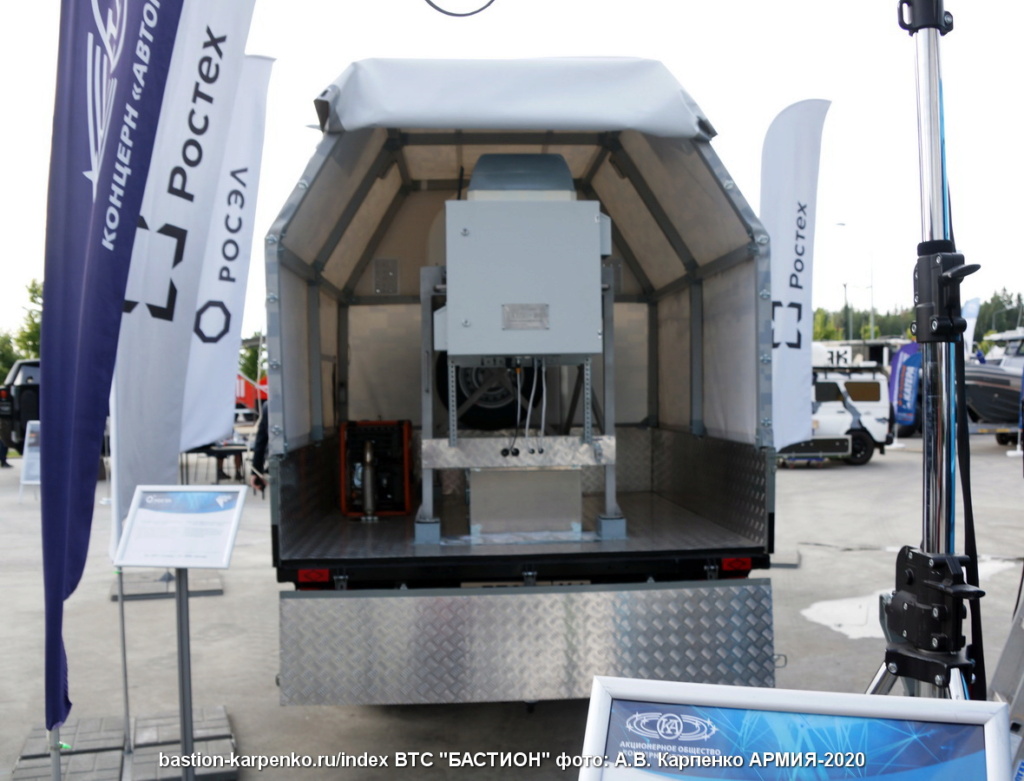Landing the "drones": a line of anti-drone defense systems created in RussiaIn our country, a whole line of systems has been created that allow you to effectively detect hostile drones and provide comprehensive protection from them at close and distant approaches to the guarded facility.
Drones are often referred to as drones - from the English word drone, one of the meanings of which is drone in Russian. As it turned out, these mechanical insects can sting just deadly. It is not surprising that very serious attention is paid to combating them throughout the world. The domestic industry, having caught the trend in a timely manner, was able to develop and launch into production a large number of effective means of countering unmanned aerial vehicles - reconnaissance and strike.
Let's talk about the most interesting developments created by various enterprises of the State Corporation Rostec.
Concern "Avtomatika" specializes in electronic and optical countermeasures in stationary, mobile and portable versions.
So, "Pischal - PRO" looks like a gun. It does not require any special operator training or special technical knowledge. Seeing the target, the operator simply pulls the trigger, and the radio-electronic impact immediately begins. The drone is suppressed by means of communication, control, navigation. The drone appears to be in a state of "prostration". And heavy aircraft-type UAVs simply fall.
Another mobile portable jamming device is Kupol-PRO, made in the form of quick-assembly units that allow one person to assemble and disassemble the product within three minutes. The device acts by means of a protective electromagnetic effect on the on-board electronic subsystems of the drone, due to which they become inoperative.
Another portable UAV detection and countering complex "Luch-PRO" can be deployed within five minutes and used even from unprepared positions. It detects drones and creates interference suppressing control and navigation channels in a given sector at a distance of at least five kilometers.
A more "heavyweight" development of "Avtomatika" in the field of countering UAVs is the "Sapsan-Bekas" system - a mobile multifunctional complex using both passive and active detection means. In addition to radar systems, the complex includes optoelectronic surveillance of drones, a visible spectrum video camera and a thermal imager. The range of drone recognition by optical means is up to four kilometers. The range of suppression of control and navigation channels of drones is up to four km, depending on the configuration and appearance of the protected object and tactics of use. In addition, the complex can act as a target designation tool for other electronic warfare and air defense systems, conduct circular observation or scan a given sector.
Rubezh-Avtomatika is Rostec's answer to the growing problem of terrorism using drones and their illegal use. The product ensures the safety of social and sports events, industrial enterprises and facilities of the fuel and energy industry. The range of the "Rubezh" can reach 30 km.
The transported UAV countermeasure complex "Bastion-Avtomatika" is intended for continuous radio surveillance, detection of signals from unmanned aerial vehicles and generation of counter signals. At the same time, the analysis of the signal from the drone is carried out in automatic mode, means of identification "friend or foe" are introduced, which allows the object to be protected without the participation of operators.
Another Rostec association, Ruselectronics, also has a wide range of anti-UAV solutions. At the last exhibition "Interpolitex-2020" the new module of acoustic reconnaissance "Ataka-Shorokh" was presented for the first time. The equipment is designed to protect civil and special objects from unauthorized entry of unmanned aerial vehicles flying in radio silence. The module is equipped with ultra-sensitive microphones that allow you to determine the location of an approaching drone. The detection range of drones depends on the level of ambient noise - for example, in a city, the range of equipment is 100-150 m. The required number of modules and their locations are determined depending on the characteristics of the protected object.
Recently, tests of the modernized Ataka-DBS anti-drones complex using a new type of antennas were successfully carried out. The results showed that the range of the complex increased almost 2 times in terms of detection and 2.5 times in terms of suppression. The complex is based on radio frequency detection and suppression modules. The equipment is capable of automatically detecting a drone within 0.1 seconds, identifying an object according to the "friend or foe" principle, blocking its communication and navigation channels.
Ruselectronics has also created a mobile version of the Ataka-Trophy anti-drone countermeasures system based on an all-terrain UAZ vehicle. The complex can, without operator participation, identify the drone on the principle of "friend or foe" and automatically prevent unauthorized entry into the protected area. The deployment time of the complex is five minutes. The peculiarity of "Attack-Trophy" is that literally "from the wheels", without preparation and installation of equipment, you can organize the protection of various objects - industrial companies, critical infrastructure, as well as crowded places during social and sports events.
At the Army-2020 forum, Roseletronica showed for the first time a multifunctional mobile complex to combat drones Rat. This complex has become one of the forum's sensations. The Rat was created on the basis of a special armored vehicle and is equipped with a full range of drone detection and suppression devices to protect critical objects from unauthorized intrusion of foreign drones.
The new items include a radar station, a complex for automatic recognition and suppression of telecommunication channels, a system of directed microwave (microwave) suppression and a system of directed laser destruction. All equipment is integrated into a single intelligent system for collecting, processing and displaying information. Data from the means of detection and observation are sent to the central control panel, the system processes the target parameters and offers the operator several options for further actions. The complex detects drones at a distance of up to 3.5 km, carries out targeted suppression of UAV control channels within a radius of up to 2.5 km. In case of an unauthorized intrusion of several objects, it blocks their communication and satellite navigation channels.
Now we are working on a new system - "Aegis". According to the developers, using special software, it will be able to distinguish an aircraft-type drone from a helicopter and aerostatic one, which will allow predicting its landing trajectory after the drone's communication channel with the control center is interrupted. That is, a drone that has lost control can be quickly found and its purpose found out. In addition, the system is capable of detecting and even neutralizing UAVs that operate over encrypted communication channels or jam their signal.
The Kalashnikov concern pays the most serious attention to unmanned aerial vehicles and means of combating them.
The REX-1 electronic rifle, created by Izhevsk designers from the Zala Aero Group, effectively protects against light drones. The weapon is built on a modular basis and can be assembled for specific tasks. Simple pictograms on the modules facilitate assembly: the "quadrocopter" suppresses the control and information transmission channels of drones, the "satellite" extinguishes the navigation systems, the "antenna" - the Wi-Fi channels, and the "phone" - the mobile communication. The REX-1 can also be used to detain intruders: a laser and a strobe will blind and disorient a potential terrorist, and electronic countermeasures will prevent him from contacting accomplices or transmitting a signal to an explosive device. The REX-1 will not be superfluous even if it detects suspicious objects: it blocks radio communication, and you can safely wait for the arrival of sappers.
Now REX-2 is being launched into series. This system is the most compact in the world as it is based on a pistol. At the same time, all the characteristics of the basic sample - the REX-1 gun - are preserved. The REX-2 is equipped with a replaceable set of modules for jamming radio and satellite navigation signals for controlling drones. As a result of optoelectronic jamming, operators lose control of the drones.
Another system, ZALA ZONT, suppresses signals from satellite navigation systems (GPS, GLONASS, BeiDou, GALILEO) within a radius of 2 kilometers, ensuring the safety of ground groups from attacks by kamikaze drones and taking the exact coordinates of the group.
It should be added that the world market for anti-drone systems is growing very actively. According to ResearchAndMarkets forecasts, from 2019 to 2025, the global market for anti-unmanned technologies will grow by an average of 29% per year, or by $ 2.4 billion. the market will grow even faster - by 30% per year. And Russia has a winning position in this segment - we have something to offer the most demanding customers.
The author expresses gratitude to the press service of the State Corporation Rostec for help in preparing the material.
https://rg.ru/2020/10/28/prizemlit-trutnej-linejka-sistem-zashchity-ot-dronov-sozdana-v-rossii.html


 kvs
kvs



